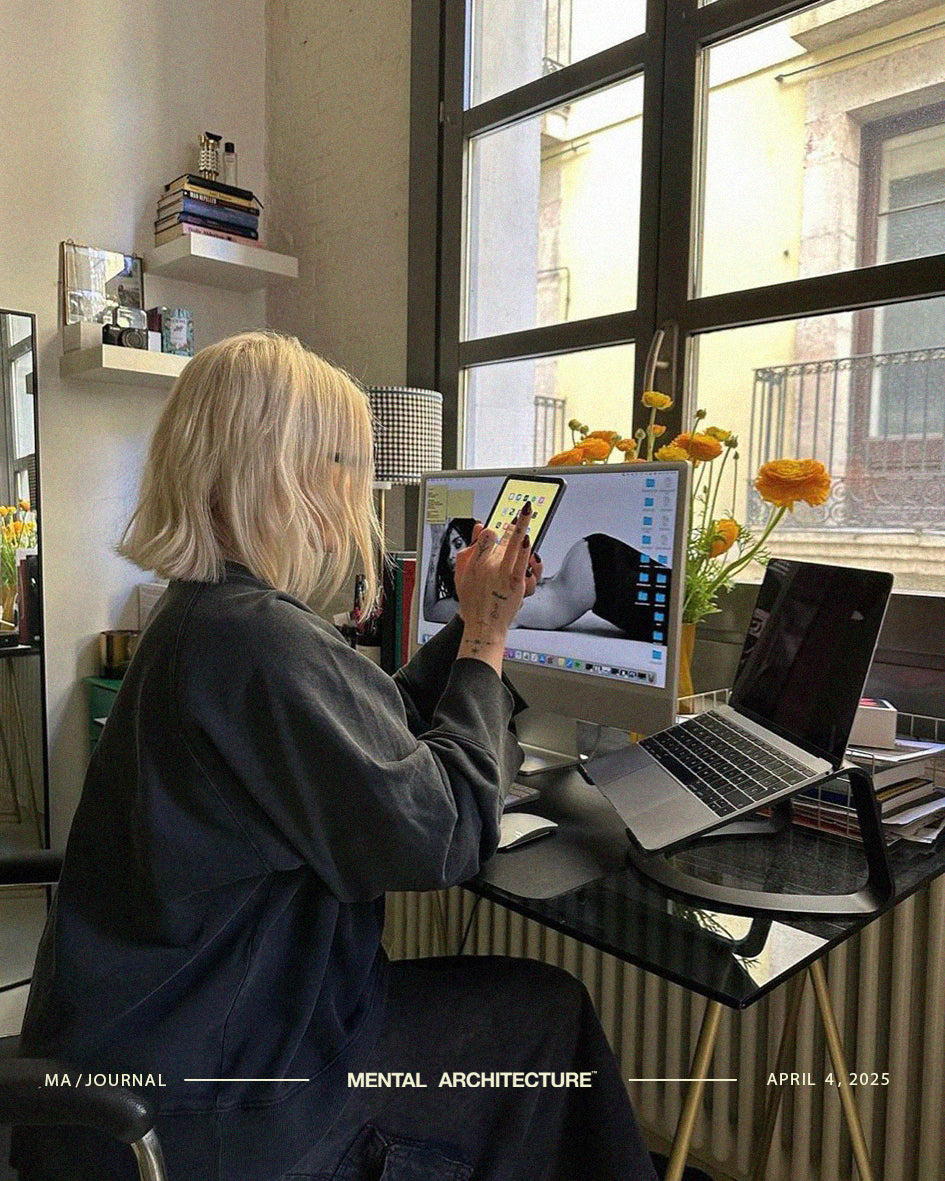
THE FAD OF THE DIGITAL NOMAD
Share

In the modern creative landscape, the image of the lone artist—hunched over a laptop, camera, or sketchbook in a dimly lit room—has become a symbol of dedication. We glorify the solo digital warrior, the independent hustler carving out their own lane. And for good reason: the internet has enabled creatives to build personal empires without gatekeepers, teams, or physical spaces. Yet, as we embrace this era of solitary creation, we must also ask: what have we lost in the process?
The Rise of the Solo Digital Nomad
The shift toward working alone isn’t accidental—it’s cultural. Over the past two decades, and especially in the post-pandemic era, the internet has democratized creativity, allowing individuals to bypass traditional institutions and forge their own paths. Social media, freelancing platforms, and digital marketplaces have reinforced the idea that success is a solo endeavor, driven by personal brand and individual effort.
We are taught to be self-sufficient. To hustle. To own every part of our creative process—ideation, execution, marketing, and distribution. The gig economy and remote work culture have further solidified this independence, making collaboration feel like an optional luxury rather than a necessity.
Yet, historically, creativity has thrived in communal settings. Think of the artistic collectives that shaped entire generations. If you watch a documentary about your favorite artist, it’s never just them in the frame—it’s the people, the collective, who helped shape their skill set and perspective into the very thing that captivated you enough to spend an hour of your life watching. Humans are social creatures; we build, refine, and elevate ideas through shared energy. So why have we moved so far from that?
The Psychology of Working Alone
Working alone offers complete creative control, deep focus, and efficiency, allowing individuals to execute their vision without compromise. It fosters self-reliance and adaptability, giving solo creators full ownership of their output. However, isolation can lead to burnout, limited perspective, and stagnation, as there’s no external feedback or shared energy to refine ideas. Without collaboration, growth can hit a ceiling, and the absence of a support system can make challenges feel heavier. While solitude nurtures deep work, balancing it with community is essential for long-term creative fulfillment and evolution.
The Psychology of Working Together
Working together fuels creativity through diverse perspectives, shared energy, and collective problem-solving. It provides a support system, accelerates growth, and helps refine ideas through feedback and collaboration. However, it also comes with challenges—creative compromises, coordination issues, and potential conflicts when balancing different personalities and visions. Dependence on others can slow progress if the team isn’t aligned. But when done right, collaboration amplifies innovation and impact, making it a powerful tool for creative success.
Rebuilding a Culture of Community
If we recognize that communal creativity has historically led to cultural breakthroughs, how do we reclaim it in the digital age?
Co-Create with Intention – Seek out collaborators who align with your values and vision. Work with those who push your ideas further rather than just agreeing with them.
Build Micro-Communities – Whether through local meetups, online masterminds, or collective creative projects, find ways to engage in meaningful exchanges with other creatives.
Reimagine Collaboration – Working together doesn’t have to mean sacrificing autonomy. Co-working spaces, creative partnerships, and collaborative experiments can blend independence with shared energy.
Shift the Narrative – The belief that success is purely individual is a cultural construct. By celebrating teamwork, partnerships, and collective wins, we can redefine what creative success looks like today.
The Balance Between Solitude and Community
Finding my balance between days of isolated creative output and immersing myself in shared experiences has been—and continues to be—a challenge. I’m the guy who has no problem locking himself in the studio for days on end while deep in a project. I’ll openly admit: there are days when just getting dressed and stepping out the door for groceries and coffee feels inconvenient and disruptive. But I also know that true creativity and inner harmony are born from the tension between both extremes—solitude fuels the work, but the world outside breathes life into it.
Neither extreme—pure isolation nor constant collaboration—is sustainable. The most impactful creatives toggle between both, embracing the quiet needed for deep work while tapping into connection for growth, support, and expansion.
As we navigate this digital era of isolation, sweatpants, and the comfort of our own four walls, let’s challenge ourselves to lean back into communal connection. Let’s not just build alone—let’s build together, blending personal mastery with the power of collective creativity.
Your creative path may be yours alone, but that doesn’t mean you have to walk it in solitude. Step with intention, and reclaim the spaces—physical or digital—where creativity ignites and connection thrives. Embrace the privilege and the opportunity to dance in both. Whatever way you feel you work best, I challenge you to try integrating the opposite—and carry this mantra with you: this isn’t what I have to do, this is what I get to do.
Your friend,
Danny
